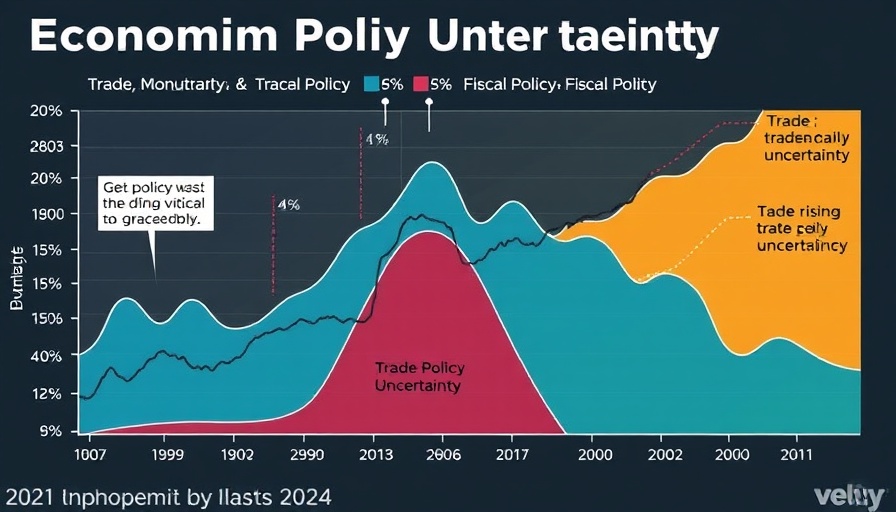
Understanding the Impact of Tariffs on Consumer Confidence
The recent imposition of a 25% tariff on imports of automobiles, as announced by the White House, has raised significant concerns about its implications for consumer confidence. While official statements link the tariffs to economic strengthening, a deeper look into the current consumer sentiment suggests a troubling disconnect. The Conference Board's Consumer Confidence Index has notably fallen, reflecting a widespread unease among American consumers as they grapple with rising inflation and economic uncertainty.
Consumer Confidence Levels: A Dire Trend
As reported, the Consumer Confidence Index dropped to 92.9 in March, marking a decline for four consecutive months. Particularly alarming is the decrease in the Expectations Index—an indicator reflecting consumers’ short-term outlook—which fell to 65.2, signifying a looming recession. This trend underscores a growing pessimism that starkly contrasts with the administration's optimistic outlook on tariffs being beneficial.
Age and Income Group Factors in Sentiment Shifts
The data highlights that older consumers, particularly those over 55, show heightened levels of pessimism, driving the overall decline in consumer confidence. Interestingly, under-35 consumers appear more optimistic, offering a mixed portrayal of younger and older demographics' perspectives on economic realities. This divergence hints at shifting socioeconomic factors influencing consumer outlook and future spending behaviors.
The Role of Inflation in Consumer Decisions
Inflation remains a critical issue, with expectations for the next 12 months rising from 5.8% to 6.2%. Consumers express particular anxiety about essential goods and rising prices, which are exacerbated by new tariffs. With key staples like eggs showing significant price increases, the concern about financial security extends beyond merely consumer sentiment—it affects purchasing decisions across multiple income levels.
What This Means for Automotive Sales
As dealership owners and GMs consider inventory and strategies in an evolving market, understanding the nuances of consumer sentiment and economic indicators becomes crucial. The declining confidence could lead to reduced consumer spending on vehicles, ultimately affecting dealership profitability. As a result, automotive stakeholders should be prepared to adapt their sales strategies to accommodate changing consumer priorities and economic realities.
Future Predictions: Navigating a Challenging Landscape
Looking ahead, experts predict that if the tariffs continue alongside rising inflation, we might see deeper recessions gripping consumer confidence more tightly. Dealerships must become proactive in their calls to action; whether through innovative financing options or enhancing customer engagement methods, they will need to build trust and reassure consumers navigating this turbulent landscape.
Final Thoughts
For automotive industry stakeholders, it’s imperative to remain attuned to these developments and respond to consumer needs with agility. Learning more about the implications of tariffs and understanding consumer behavior can help dealership owners craft solutions that resonate with today's buyers, ultimately fostering a more resilient market.
 Add Row
Add Row  Add
Add 




Write A Comment